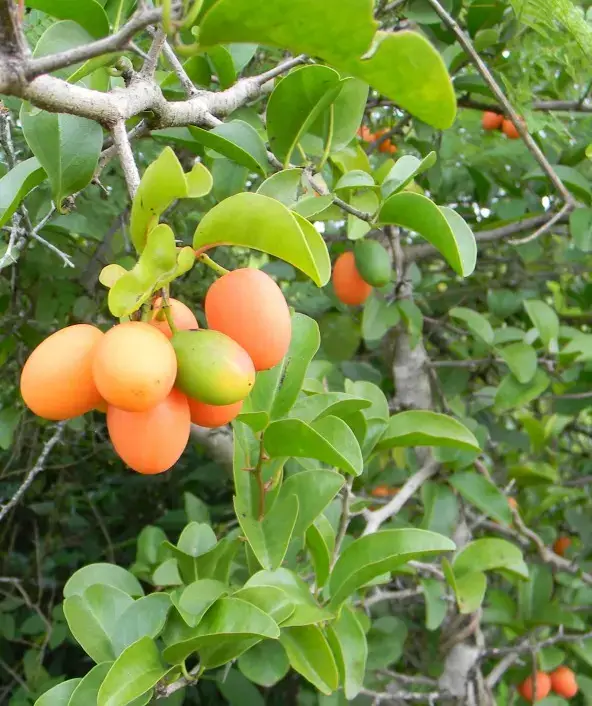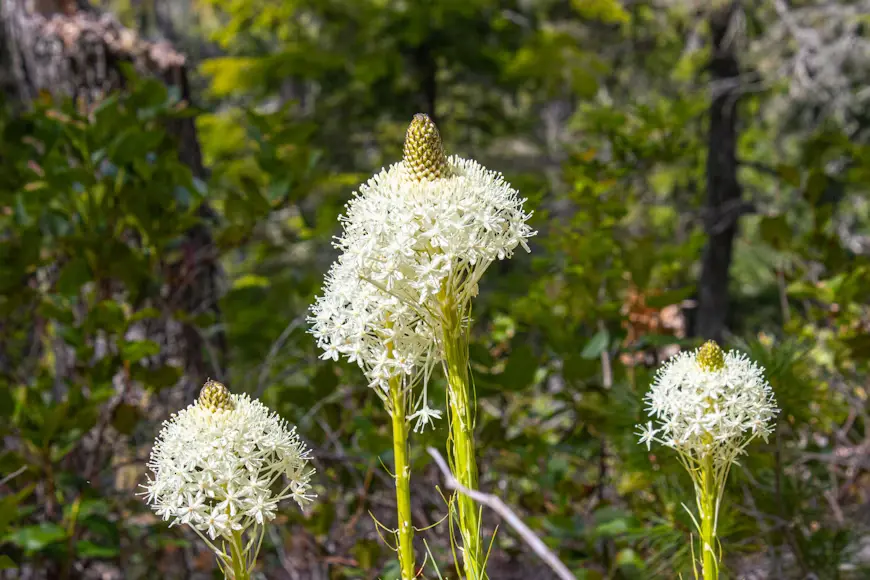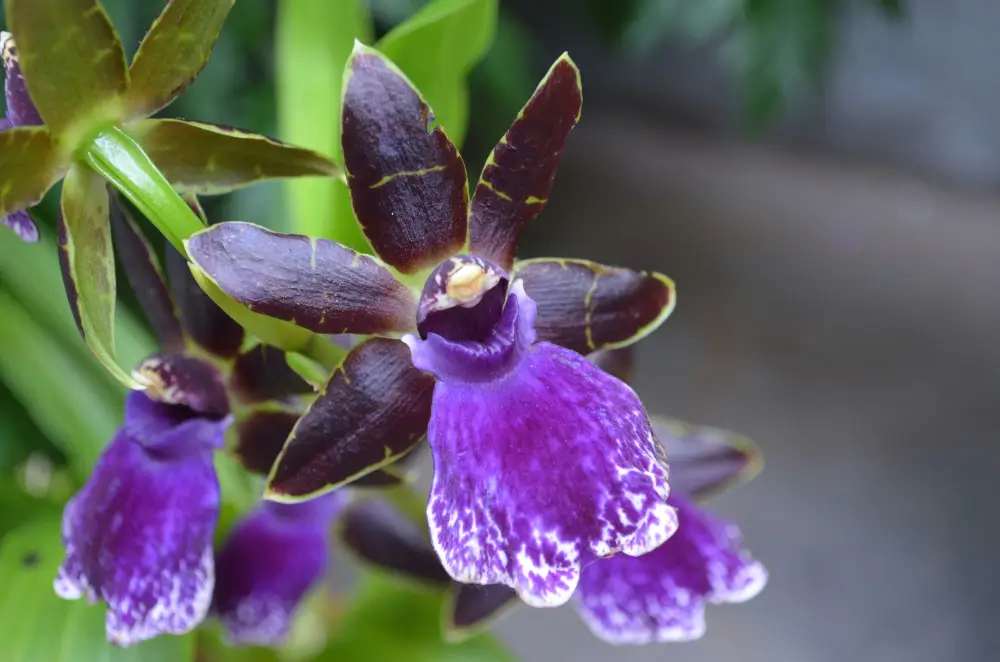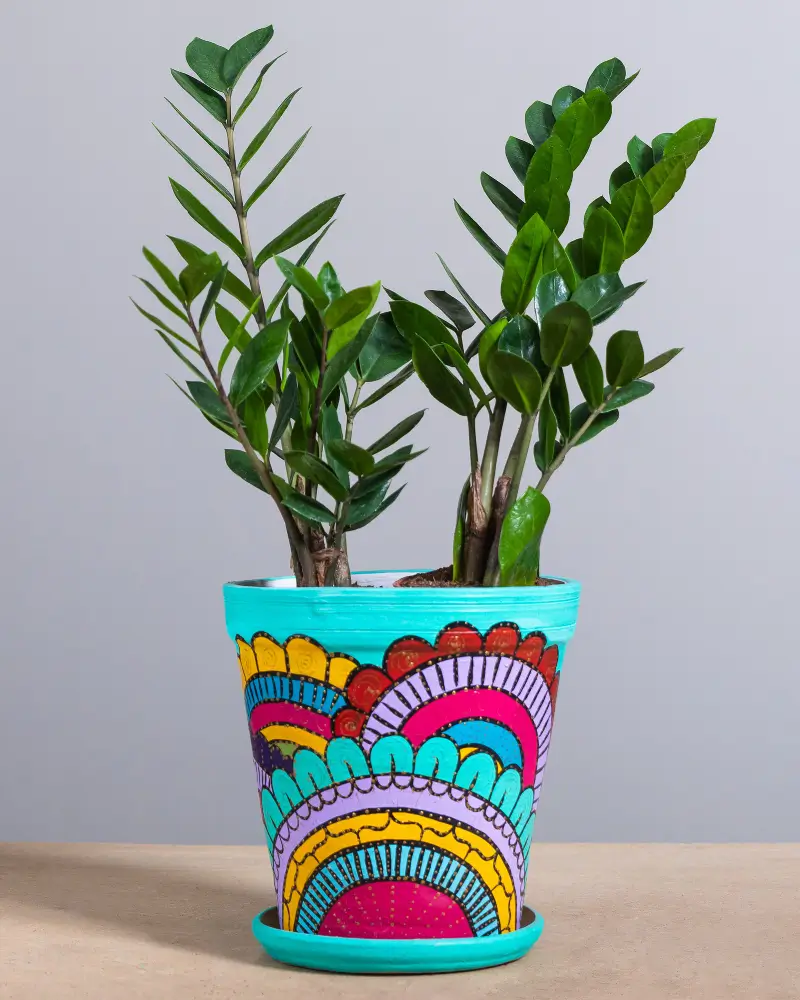
Soil Health & Fertilization
We unite suppliers and green industry professionals worldwide
Like the cactus, this small perennial succulent plant stands out in the garden with its thick, tongue-shaped thick leaves and mottled pattern but is much slower growing.
By Mariam Scott
|Published on November 30, -1


Succulents are available in a wide variety of shapes and sizes, but few are as unique and easygoing as Gasteria (Gasteria spp.). Like the cactus, this small perennial succulent plant stands out in the garden with its thick, tongue-shaped thick leaves and mottled pattern but is much slower growing. This plant has its own unique charms and is often mistaken for aloe or haworthia; rare among succulents, it even does well in low-light environments where other drought-tolerant plants tend to fail.
Gasteria is far more than pleasant to look at —this plant is incredibly forgiving, making it an excellent match for both novice plant parents and those with busy schedules. It is tolerant of neglect, low humidity and occasional drought, so you don’t need to be a plant person to enjoy its beauty. With a little attention, this very interesting succulent will treat you with lush green foliage and occasional tubular flowers that catch the eye of pollinators.
If you love unique, low-maintenance plants, adding Gasteria to your collection is a decision you won’t regret.
| Common Names | Gasteria, Ox Tongue Plant |
| Botanical Name | Gasteria spp. |
| Mature Size | 6–24 in tall × 6–12 in wide |
| Light Requirements | Bright, indirect light to partial shade |
| Soil | Fast-draining, sandy or cactus mix |
| Watering Needs | Low, prefers dry soil between waterings |
| Hardiness Zones | 9–11 (grown indoors in colder climates) |
| When to See It Bloom | Spring through early summer |
| Flower Color | Pink, orange, or red |
| Growth Rate | Slow-growing |

September 25, 2025
9 minute read
September 24, 2025
9 minute read
September 23, 2025
10 minute read
September 22, 2025
9 minute read


Join as a seller and connect with thousands of B2B buyers nationwide!
Sign Up

Ximenia
Ximenia is a shrubby, spiny survivor with delicate blooms and tart, aromatic fruit. Also called “wild plum” or “sea lemon,” this deciduous shrub is valued for its edible fruit, ecological value and unexpectedly drought hardiness.

Xerophyllum
Xerophyllum is often known as bear grass. With grassy foliage and tall, candlelike plumes of creamy white flowers, it turns wild meadows into natural wonderlands. Xerophyllum is slow to establish and slower to bloom — but once it does, it gives the garden

Zygopetalum Orchid
The Zygopetalum Orchid (Zygopetalum spp.) is a tropical orchid that features gorgeous, unique flowers with a strong sweet scent. It can withstand more cold than many of their orchid relatives, which makes them one of the more accessible choices for indoor

ZZ Plant
The ZZ Plant is a low-maintenance houseplant, with people loving it for its shiny deep green leaves, vertical growth habit, and absolute toughness. Its sculptural, waxy leaves and architectural silhouette are adaptable to nearly every interior style, from
Gasteria is an extremely low-maintenance plant that needs very little care. It will flourish without much work as long as it has sufficient light, well-draining soil, and the occasional watering.
Unlike many succulents that want intense, direct lighting, Gasteria is happy in low to moderate light. It prefers bright, indirect light but can also survive partial shade, so it’s also an excellent candidate for offices or low-sun rooms. Too little light, in the other hand, can make the plant go leggy and pale while too much direct sun can scorch its leaves.
Well-draining soil is essential for Gasteria, as it is extremely susceptible to overwatering. A cactus or succulent mix is ideal, but you can use regular potting soil while amending it with sand, perlite or pumice to aid drainage. Stay away from heavy, moisture-retaining soils; they can cause root rot.
Gasteria likes less water but, like most succulents, prefers a “soak and dry” watering schedule. Make sure to let the soil dry out fully in between waterings. In the summer, that might mean watering every other week, while in winter, watering can be cut back to once a month or less. Overwatering is the most common mistake, so it’s always better to underwater than overwater.
As Gasteria is a slow growing plant, pruning is seldom necessary. But if leaves are damaged, turning yellow or mushy, they can be clipped off delicately using sterilized scissors or shears.
After the flowers have bloomed, cut off the dried flower stalks to keep the plant looking neat. Over time, Gasterias also produce offsets (baby plants) that can be left to grow, or removed opportunities for propagation.
Gasteria is also relatively easy to propagate, making it an excellent plant for sharing with friends or for expanding your collection.
Both methods create new, thriving plants with little effort.
Gasteria is an ideal container gardening plant, especially for those who are looking for an easy-care houseplant. When potting your plants, make sure the container is shallow and has drainage holes to prevent the root ball from staying too wet.
Use a cactus mix or a homemade blend that is well-draining, and don’t overwater. Potted Gasteria plants appreciate occasional feeding, so applying a diluted succulent fertilizer once a month during the growing season can encourage healthy growth.
Because Gasteria is slow-growing, it rarely outgrows its pot and only needs repotting every couple of years when the roots become crowded.
Since Gasteria is a warm-climate plant, it is frost sensitive. If it gets cooler than 50°F (10°C), take outside plants inside. If overwintering indoors, decrease watering and make sure the plant is in a cool, dry place with bright, indirect light.
Unlike most plants that go completely dormant, Gasteria does a slow grow in winter so it needs some light and the occasional watering. Just be sure not to overwater, as cooler temps slow down evaporation, creating conditions for root rot.
Although the main attraction of Gasteria is its stunning foliage, it does sprout delicate tubular flowers in spring or early summer. These flowers range from pink and orange to red, growing on tall, slender stalks that emerge from the plant’s center.
A mature, well-cared for plant is more likely to bloom, while flowerings on indoor Gasteria plants may be infrequent at low light levels. Be sure to give a good amount of indirect light and a balanced fertilizer in the growing season to encourage blooms.
Gasteria is a low-need and pest-resistant plant, but a couple of issues can arise:
Cactus owners of all skill levels will appreciate Gasteria's hardiness and unique appearance. Whether you grow it as a houseplant or outdoor accent, it adds a touch of natural elegance without calling for obsessive attention. Gasteria is the best choice if you want a durable and eye-catching plant.
Yes! One this is one of the few succulents that will thrive in low-light conditions. Gasteria is a good choice for offices and shady rooms. However, it will grow best in bright, indirect light.
The next relief for pet people: Gasteria is not toxic to cats and dogs, so it's safe for homes with pets.
Gasteria is a slow-growing plant that can be repotted every 2-3 years or when its roots start to outgrow the container.
Not always. Although some Gasteria plants bloom during the spring or summer as adults, indoor Gasteria plants may only infrequently bloom. Giving them the best light and care increases the potential for blooming.

Soil Health & Fertilization
Victor Miller

Pest Identification & Prevention
Victor Miller

Lawn Care Tips & Maintenance
Victor Miller

Soil Health & Fertilization
Victor Miller

Smart Irrigation Systems
Victor Miller

Patios, Walkways & Driveways
Victor Miller

Soil Health & Fertilization
Victor Miller

Pest Identification & Prevention
Victor Miller
My Account
Our team is always here to help.
We are open Monday - Friday, 9:00 AM to 4:30 PM PST.